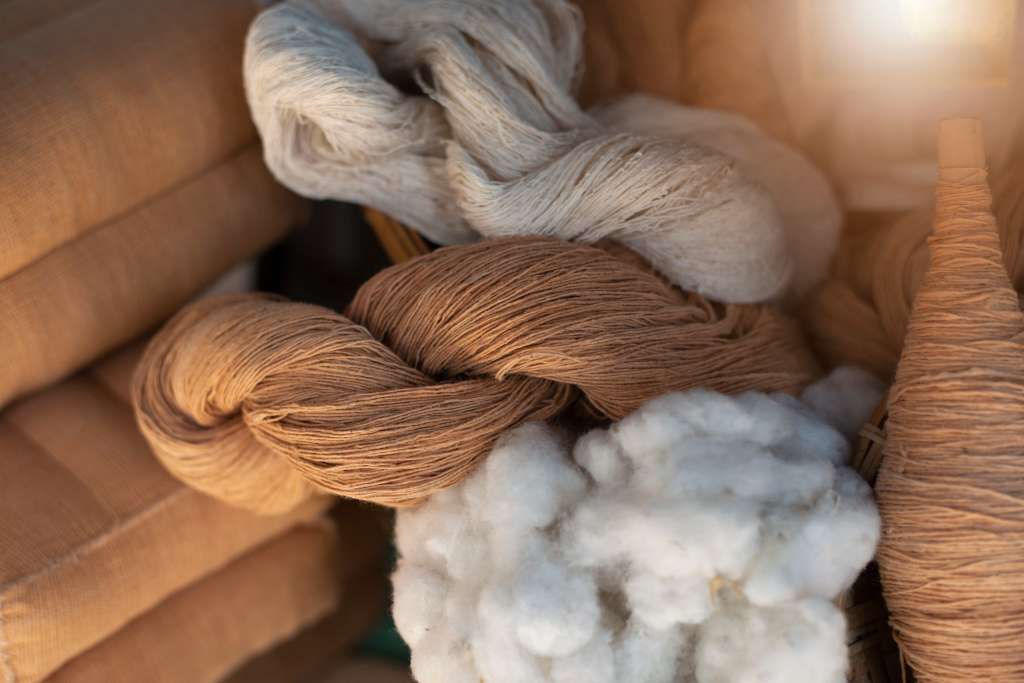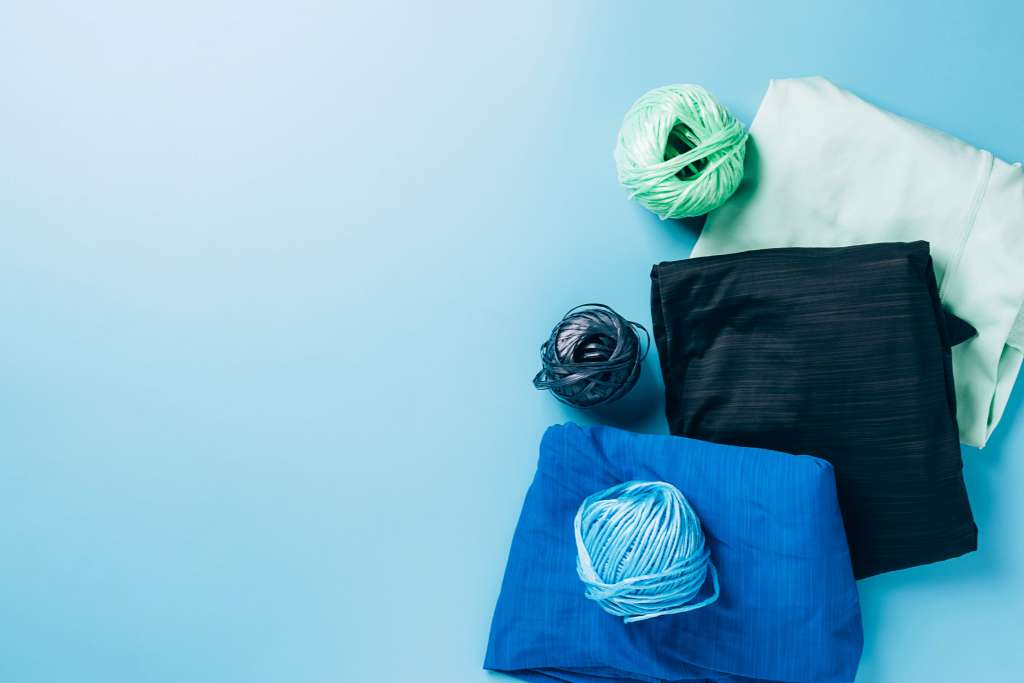Top Sustainable Materials for Apparel



Summary: In the last two decades, the world has woken up to the flip side of reckless development. The fashion industry, with its hefty contribution to carbon emissions, is often called out for its underwhelming sustainability efforts. Making changes for de-carbonizing the fashion supply chain can help brands make a mark.
Raw Materials and Greenhouse Emissions
In the value chain of apparel manufacturing—material-processing-production—the emphasis has always been on sourcing raw materials. And rightly so, considering some hard facts. Estimates on the fashion industry’s contribution to greenhouse emissions vary from 4-8%. But the overwhelming contribution of raw materials to pollution is undisputed. A study by McKinsey and Company and Global Fashion Agenda (GFA) showed that raw materials have a 38% share in the total greenhouse impact of the fashion industry.
With time, brands have built their business on a linear supply chain – from raw materials to retailers to end consumers. But with the call for action on the environmental front, most brands are reimagining their strategies. Experimenting with fabric is a step in the right direction.
Big Brands Show the Way
Fashion brands are making greater efforts to go green by collaborating with innovators of new sustainable materials. In 2021, Hermes announced a collaboration with MycoWorks, a California-based start-up that developed technology for mushroom-based leather, for their signature Birkin tote. And the fashion community took note. To use more environmentally and socially sustainable materials, Adidas announced doing away with virgin plastic and using recycled plastics instead. Other brands have supported regenerative farming, striking at the base of the supply chain.

There is No Perfect Green Material
Next-gen materials are drawing attention for the right reasons. These fabrics may be produced from pineapples or recycled from synthetics. However, for fashion brands and manufacturers, balancing profitability and resource utilization is a priority. Thus, it's no surprise that brands have reservations about new-age sustainable materials.
Let’s admit it, a perfect fabric is a myth. Even raw material comes with a carbon footprint. A cotton T-shirt requires about 712 gallons of water to make, and the crop requires heavy fertilizer use. Thus, brands must get creative to reduce their carbon footprint.
What is Your Blend?
The ideal sustainable material depends on what each brand wants to create. Here are some sustainable fibers and insights on what brands can use to up their sustainability efforts.
A. Natural fibers such as cotton, silk, and wool
B. Wood-based fibers/cellulose fibers
C. Recycled synthetics
A. Natural Fibers

1. Cotton is one of the most widely grown and used fibers. Now, the emphasis is on growing organic cotton with minimal chemical use and developing less wasteful watering systems.
2. Recycled cotton can help delay the journey of cotton garments to landfills. It is a popular choice for slow fashion brands and denim manufacturers.
Renewcell’s Circulose is an example. It is made by separating cotton from discarded clothes and making viscose with it. H&M was the first brand to use Circulose in 2020.
B. Cellulose Fibers

1. Bamboo and hemp: Bamboo and hemp fibers are derived from common plants. Hemp is supposed to be a carbon-neutral plant but is more difficult to grow. Hence, it can be pricier.
Bamboo plants are available in abundance and require little care. But turning bamboo fibers into yarn requires chemical treatment. Brands should thus ensure that green solvents are used for creating the fiber.
2. Linen, derived from flax, is a popular fabric choice. In temperate regions, such as Europe, the plant can be grown using organic methods with minimal water consumption. Linen is not only known for its cooling quality as a fabric but also for being more durable than cotton.
3. Lyocell is a semi-synthetic fiber made from the Eucalyptus plant. The plant requires minimal water for growth, and the fiber is produced in a closed-loop system with reusable solvents. Products by the Austrian manufacturer Lenzing AG, sold under the brand name TENCEL, have gained popularity in the fashion industry and are used in jeans, intimate wear, and bed linen.
4. Pinatex is made from pineapple leaves and is used as vegan leather.
C. Recycled Synthetics

Single-use plastics have wreaked havoc on our land and oceans. Some of their harmful effects can be mitigated by using sustainable materials made from recycled plastics.
Brands such as Patagonia and Reformation have been using recycled polyester for many years. Econyl, which is recycled nylon, is made from ocean plastics and fishing nets. It is fabricated in a closed-loop system and requires minimal water use.
Moving on to Greener Pastures
For fashion brands that haven’t made the sustainability switch, the stakes are pretty high. Using materials with a low environmental impact and reimagining production strategies are key to acing the green game.
Fashion biggies like Hermes have shown that forging partnerships with industry bodies that produce sustainable fabrics is a great move to create and advertise sustainable products. Thus, brands need to be on the lookout for innovations happening across the globe and find their right fit.

If you are looking to partner with suppliers of sustainable fabrics, log on to Fashinza. Our technology-driven platform can connect you with the right names in the industry for all your manufacturing needs. To know more, talk to us at Fashinza!



















